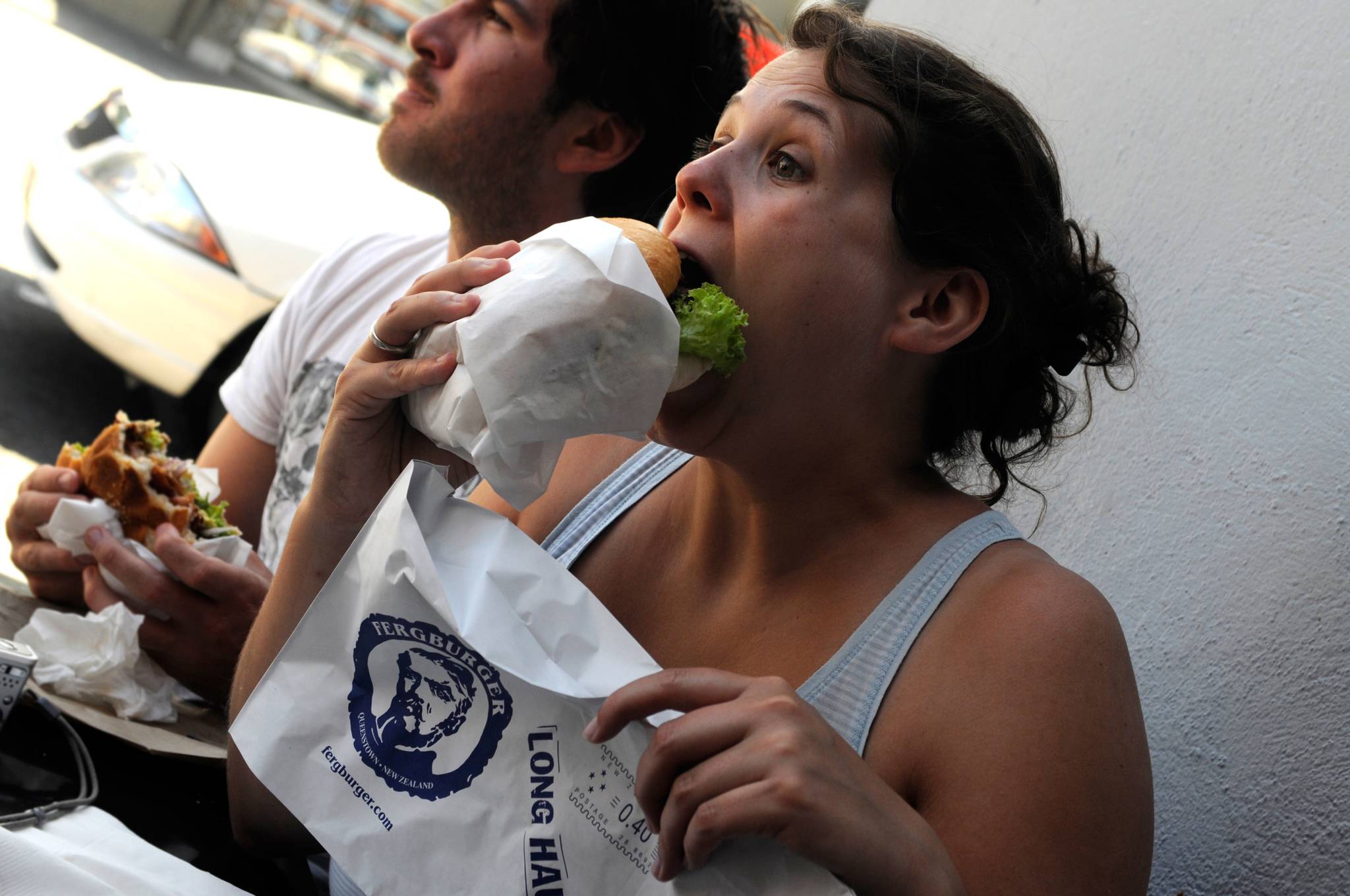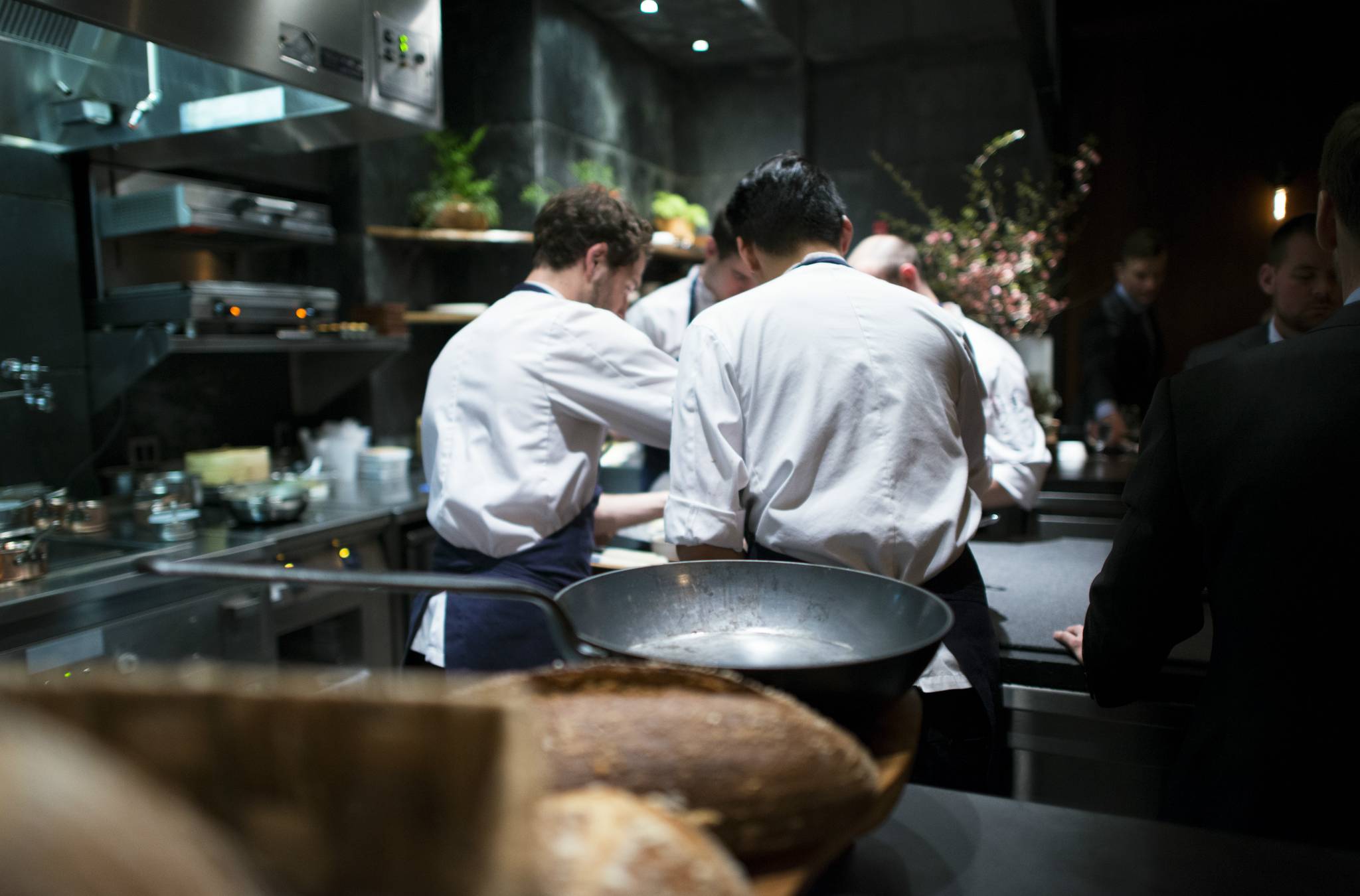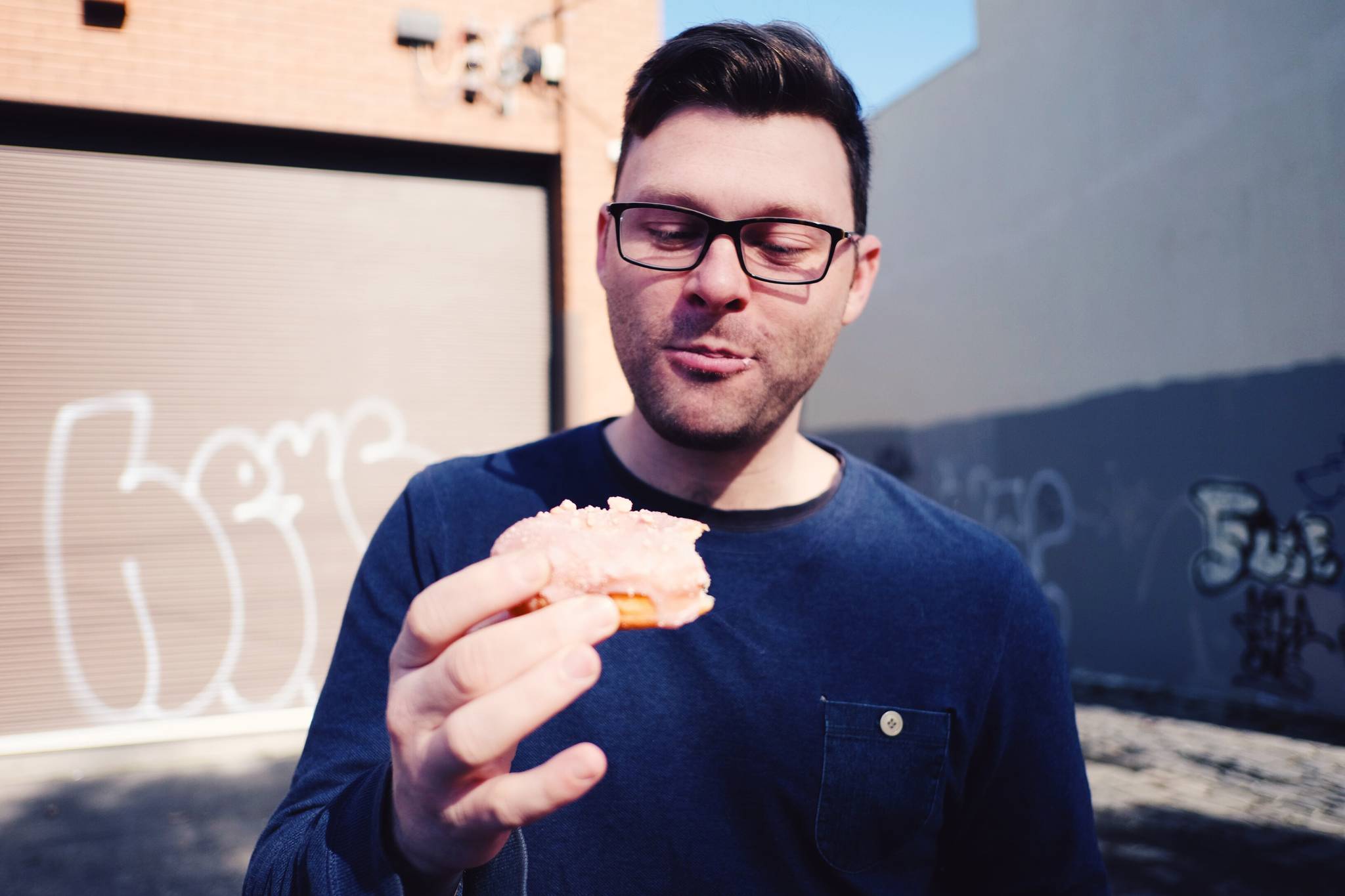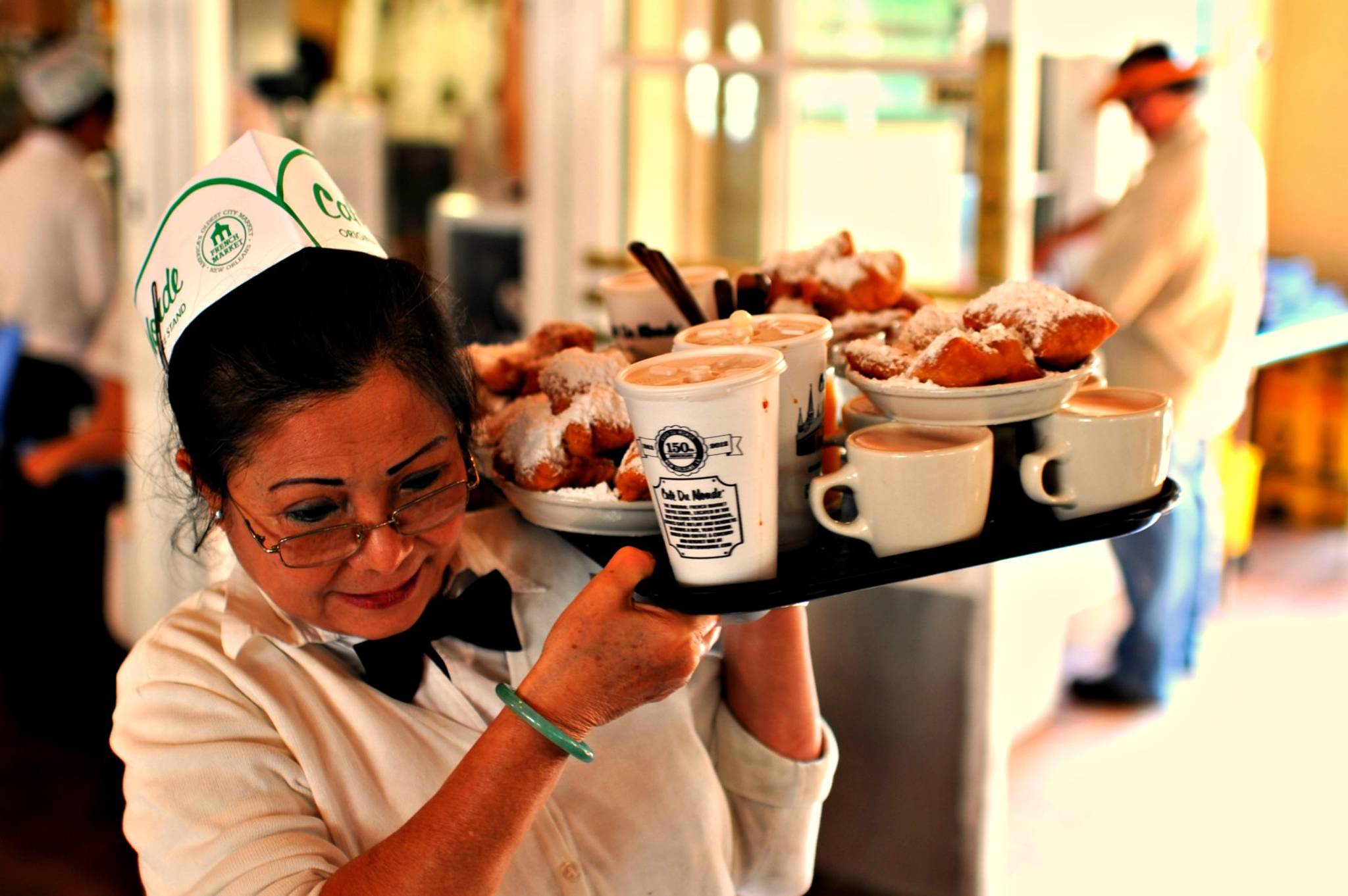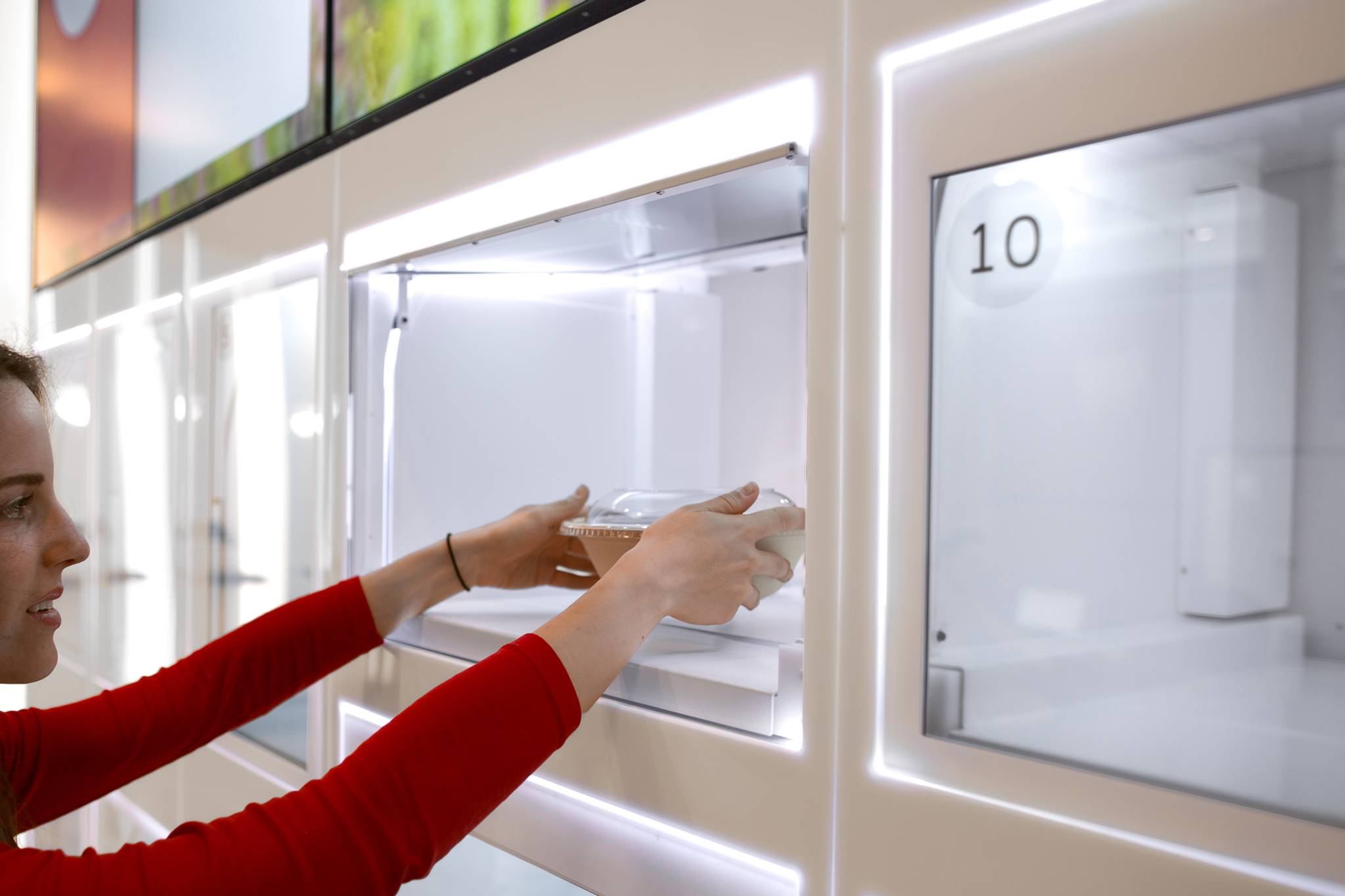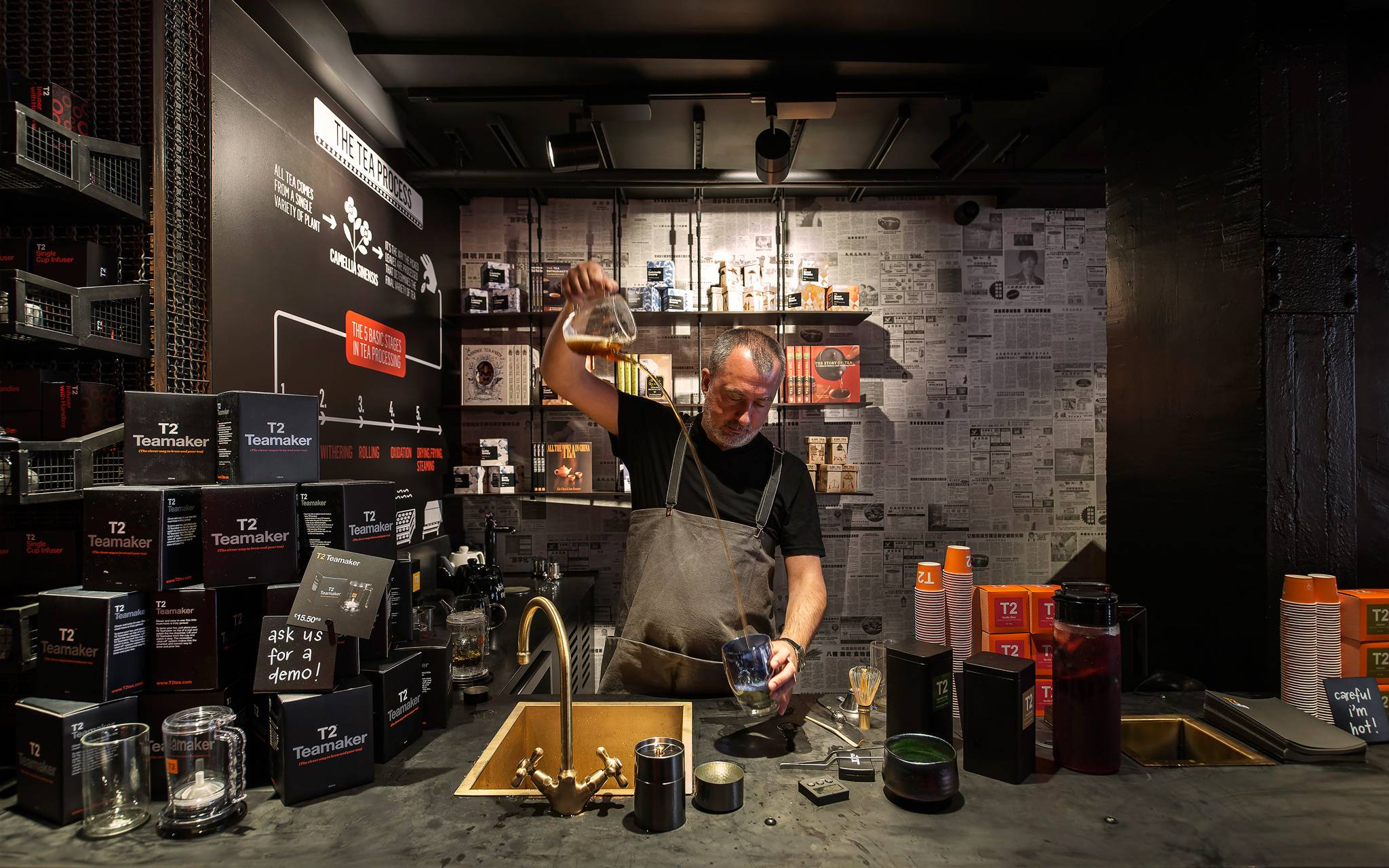
©Chris JL (2011)
REPORT
A sector snapshot of eating and drinking28 Oct 2015
Why have takeaways gone posh? How have people’s eating habits become so erratic? Why do we expect eating out to be a magical experience? And how is wine culture shaking off the snobbery?
- Sector
Canvas8
Related
